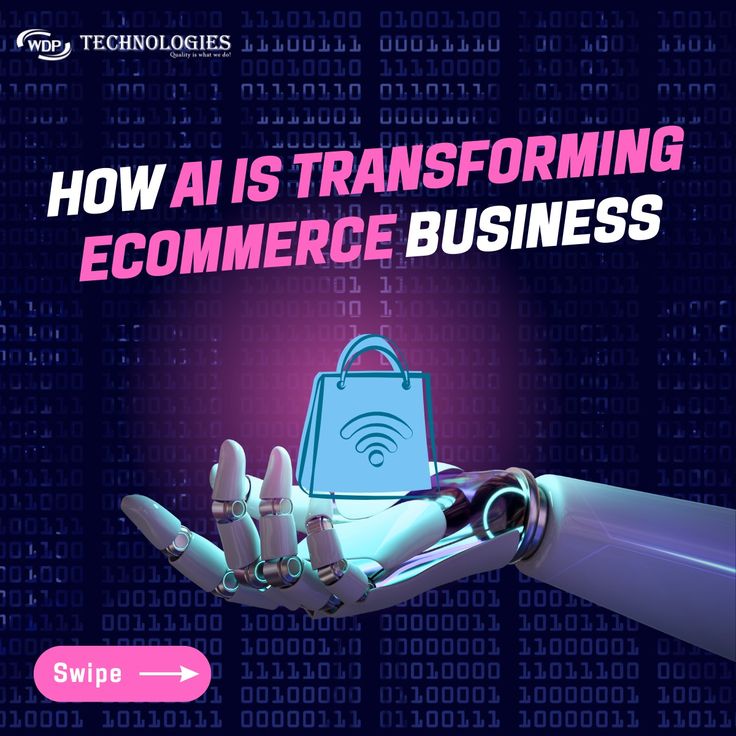Spatial Computing: Smart Cities & Urban Planning Guide
Spatial computing revolutionizes urban planning, enabling smarter cities. Optimize infrastructure, enhance resource management, and improve citizen experiences with data-driven insights.
Spatial Computing: Reshaping Urban Planning and Building Smarter Cities
Urban planning, the complex art and science of shaping our cities, is undergoing a profound transformation. Driving this change is spatial computing, a technology that’s bridging the gap between the digital and physical realms, offering unprecedented opportunities to design, manage, and optimize urban environments. For businesses involved in urban development, infrastructure, and technology, understanding the potential of spatial computing is no longer optional; it's a strategic imperative.
At its core, spatial computing allows us to understand and interact with the world around us in a fundamentally new way. It combines elements of augmented reality (AR), virtual reality (VR), mixed reality (MR), and location-based services, merging digital data with physical spaces. Imagine overlaying real-time traffic data onto a city map displayed on a handheld device, or virtually experiencing the impact of a new building design before construction even begins. This is the power of spatial computing in urban planning.
One of the most significant applications lies in enhanced visualization and simulation. Planners can create interactive 3D models of entire cityscapes, allowing stakeholders to visualize the impact of new infrastructure projects, evaluate different design options, and even simulate the effects of natural disasters. This provides a much more intuitive and comprehensive understanding compared to traditional 2D blueprints and static renderings. For developers, this translates to reduced risk, improved stakeholder engagement, and faster project approvals. By demonstrating the benefits and mitigating potential drawbacks through immersive visualizations, they can secure buy-in from communities and government agencies alike.
Beyond visualization, spatial computing enables more effective data analysis and decision-making. By integrating real-time data streams from various sources – sensors, traffic cameras, public transportation systems – urban planners can gain a dynamic, up-to-the-minute understanding of how a city functions. This allows them to identify bottlenecks, optimize resource allocation, and proactively address emerging challenges. For example, spatial computing can be used to analyze pedestrian and vehicle traffic patterns to optimize traffic light timing, improve pedestrian safety, and reduce congestion. Businesses can leverage this data to identify optimal locations for retail outlets, analyze the impact of new developments on surrounding neighborhoods, and even optimize delivery routes for logistics companies.
Another crucial application is in infrastructure management. Spatial computing enables the creation of “digital twins” – virtual replicas of physical infrastructure assets like bridges, pipelines, and power grids. These digital twins can be used to monitor the condition of infrastructure in real-time, predict potential failures, and optimize maintenance schedules. AR-powered applications can guide field technicians through complex repair procedures, providing step-by-step instructions and access to relevant data directly on-site. This leads to improved efficiency, reduced downtime, and significant cost savings for infrastructure owners and operators. For construction companies, spatial computing can streamline construction processes, improve coordination between different teams, and ensure higher quality workmanship.
Furthermore, spatial computing is playing a key role in creating more sustainable and resilient cities. By analyzing energy consumption patterns, monitoring air quality, and simulating the impact of climate change, urban planners can develop strategies to reduce environmental impact and improve the quality of life for residents. Smart grids, powered by spatial computing, can optimize energy distribution, reduce waste, and integrate renewable energy sources more effectively. Urban farming initiatives, guided by spatial data, can promote local food production and reduce transportation costs. For businesses developing sustainable technologies, spatial computing offers a powerful platform for showcasing their solutions and demonstrating their environmental benefits.
The adoption of spatial computing in urban planning is not without its challenges. High initial investment costs, the need for specialized expertise, and concerns about data privacy are all factors that need to be addressed. However, the long-term benefits – improved efficiency, better decision-making, and enhanced sustainability – far outweigh the initial hurdles.
As the technology continues to mature and become more accessible, we can expect to see even more innovative applications of spatial computing in urban planning. From personalized navigation and wayfinding to interactive citizen engagement platforms, the possibilities are endless. For businesses looking to capitalize on the growth of smart cities, investing in spatial computing is not just a technological upgrade; it's a strategic investment in the future of urban living.
In conclusion, spatial computing is revolutionizing urban planning, empowering us to create smarter, more sustainable, and more livable cities. By embracing this transformative technology, businesses can unlock new opportunities, drive innovation, and contribute to the creation of a better future for all. The journey towards truly intelligent urban environments is underway, and spatial computing is undoubtedly the key to unlocking its full potential.
Urban planning, the complex art and science of shaping our cities, is undergoing a profound transformation. Driving this change is spatial computing, a technology that’s bridging the gap between the digital and physical realms, offering unprecedented opportunities to design, manage, and optimize urban environments. For businesses involved in urban development, infrastructure, and technology, understanding the potential of spatial computing is no longer optional; it's a strategic imperative.
At its core, spatial computing allows us to understand and interact with the world around us in a fundamentally new way. It combines elements of augmented reality (AR), virtual reality (VR), mixed reality (MR), and location-based services, merging digital data with physical spaces. Imagine overlaying real-time traffic data onto a city map displayed on a handheld device, or virtually experiencing the impact of a new building design before construction even begins. This is the power of spatial computing in urban planning.
One of the most significant applications lies in enhanced visualization and simulation. Planners can create interactive 3D models of entire cityscapes, allowing stakeholders to visualize the impact of new infrastructure projects, evaluate different design options, and even simulate the effects of natural disasters. This provides a much more intuitive and comprehensive understanding compared to traditional 2D blueprints and static renderings. For developers, this translates to reduced risk, improved stakeholder engagement, and faster project approvals. By demonstrating the benefits and mitigating potential drawbacks through immersive visualizations, they can secure buy-in from communities and government agencies alike.
Beyond visualization, spatial computing enables more effective data analysis and decision-making. By integrating real-time data streams from various sources – sensors, traffic cameras, public transportation systems – urban planners can gain a dynamic, up-to-the-minute understanding of how a city functions. This allows them to identify bottlenecks, optimize resource allocation, and proactively address emerging challenges. For example, spatial computing can be used to analyze pedestrian and vehicle traffic patterns to optimize traffic light timing, improve pedestrian safety, and reduce congestion. Businesses can leverage this data to identify optimal locations for retail outlets, analyze the impact of new developments on surrounding neighborhoods, and even optimize delivery routes for logistics companies.
Another crucial application is in infrastructure management. Spatial computing enables the creation of “digital twins” – virtual replicas of physical infrastructure assets like bridges, pipelines, and power grids. These digital twins can be used to monitor the condition of infrastructure in real-time, predict potential failures, and optimize maintenance schedules. AR-powered applications can guide field technicians through complex repair procedures, providing step-by-step instructions and access to relevant data directly on-site. This leads to improved efficiency, reduced downtime, and significant cost savings for infrastructure owners and operators. For construction companies, spatial computing can streamline construction processes, improve coordination between different teams, and ensure higher quality workmanship.
Furthermore, spatial computing is playing a key role in creating more sustainable and resilient cities. By analyzing energy consumption patterns, monitoring air quality, and simulating the impact of climate change, urban planners can develop strategies to reduce environmental impact and improve the quality of life for residents. Smart grids, powered by spatial computing, can optimize energy distribution, reduce waste, and integrate renewable energy sources more effectively. Urban farming initiatives, guided by spatial data, can promote local food production and reduce transportation costs. For businesses developing sustainable technologies, spatial computing offers a powerful platform for showcasing their solutions and demonstrating their environmental benefits.
The adoption of spatial computing in urban planning is not without its challenges. High initial investment costs, the need for specialized expertise, and concerns about data privacy are all factors that need to be addressed. However, the long-term benefits – improved efficiency, better decision-making, and enhanced sustainability – far outweigh the initial hurdles.
As the technology continues to mature and become more accessible, we can expect to see even more innovative applications of spatial computing in urban planning. From personalized navigation and wayfinding to interactive citizen engagement platforms, the possibilities are endless. For businesses looking to capitalize on the growth of smart cities, investing in spatial computing is not just a technological upgrade; it's a strategic investment in the future of urban living.
In conclusion, spatial computing is revolutionizing urban planning, empowering us to create smarter, more sustainable, and more livable cities. By embracing this transformative technology, businesses can unlock new opportunities, drive innovation, and contribute to the creation of a better future for all. The journey towards truly intelligent urban environments is underway, and spatial computing is undoubtedly the key to unlocking its full potential.



Comments (0)
Leave a Comment